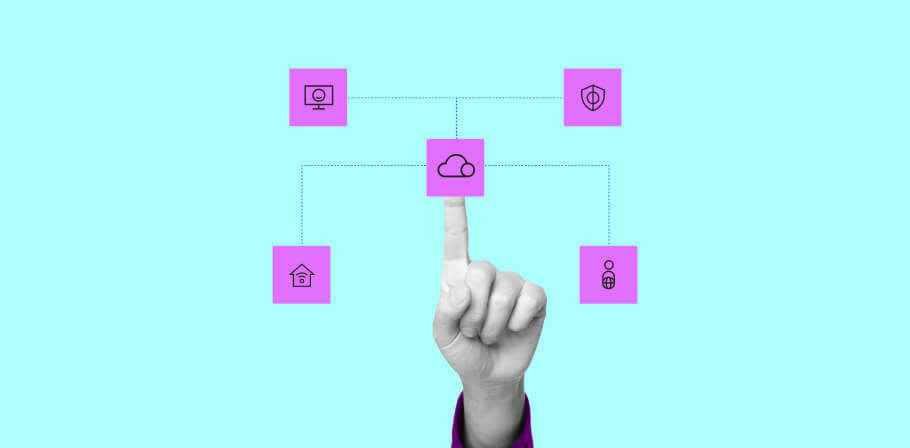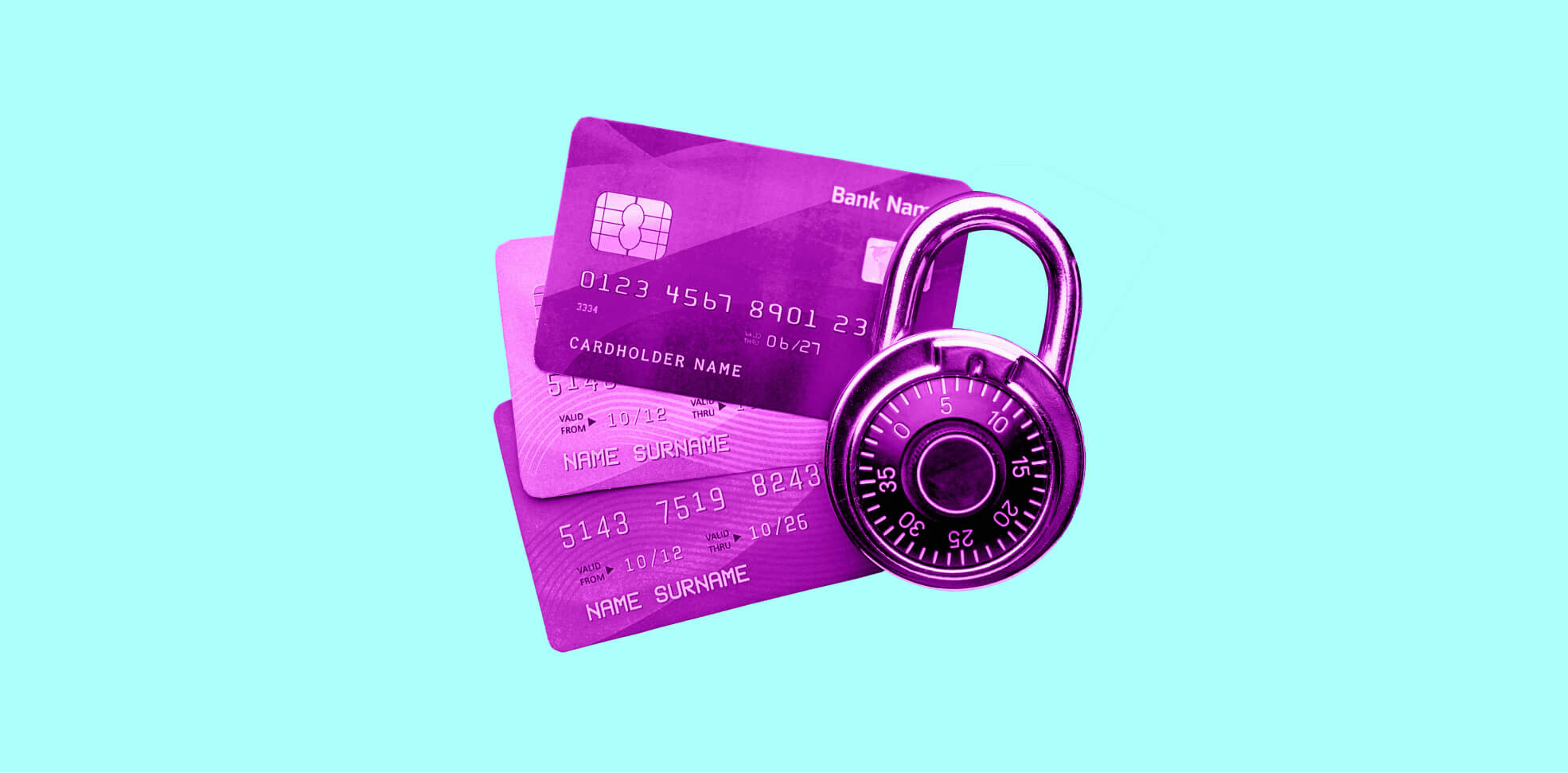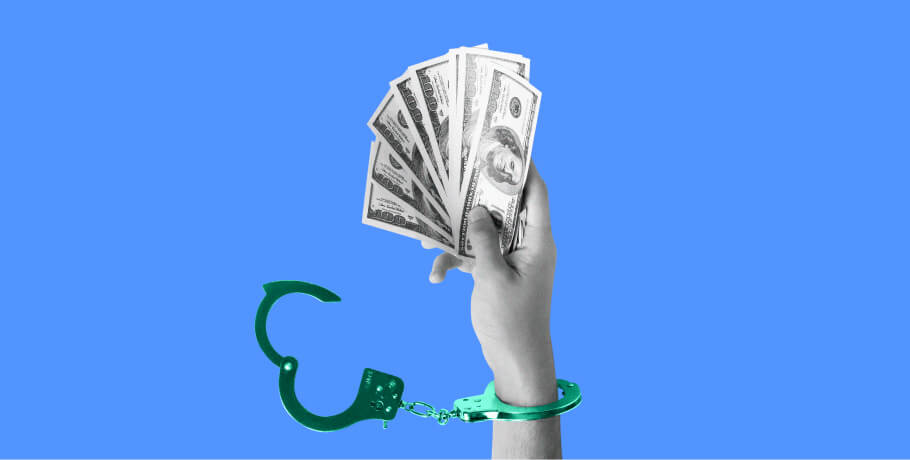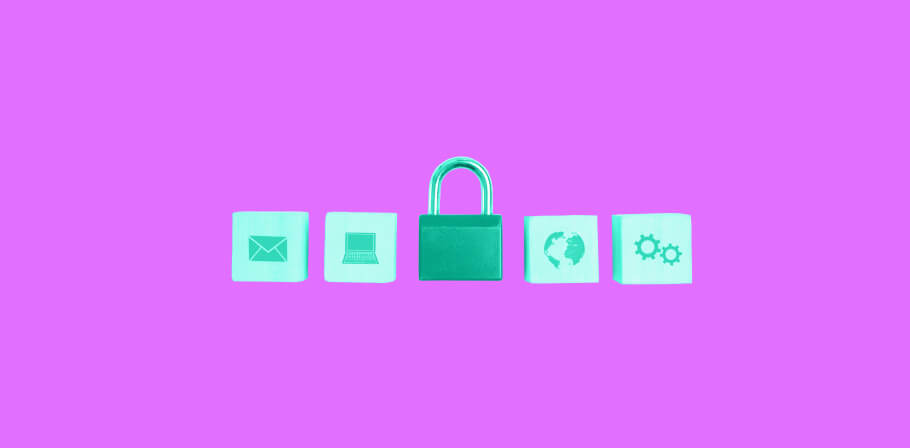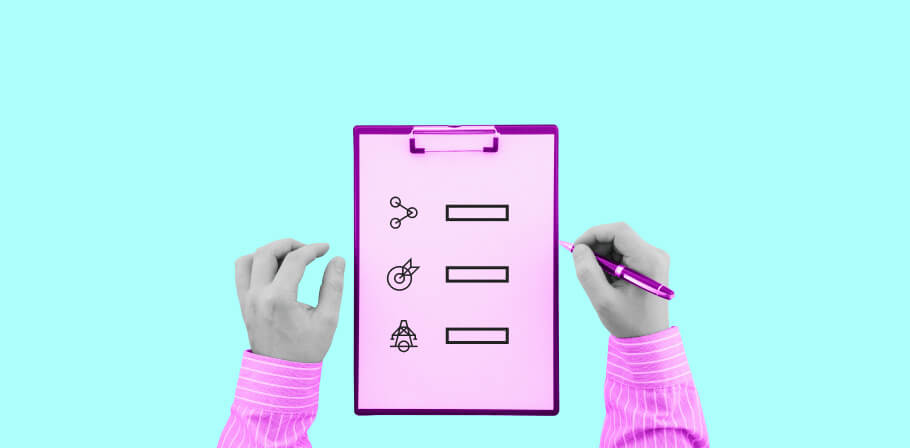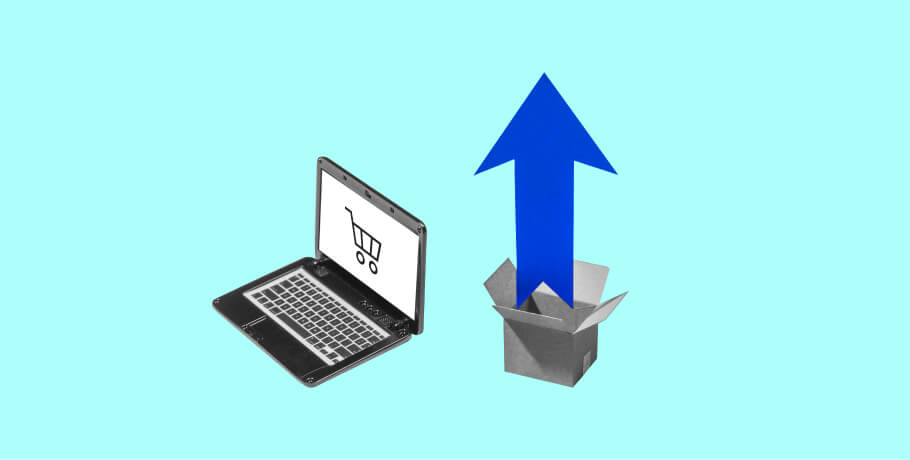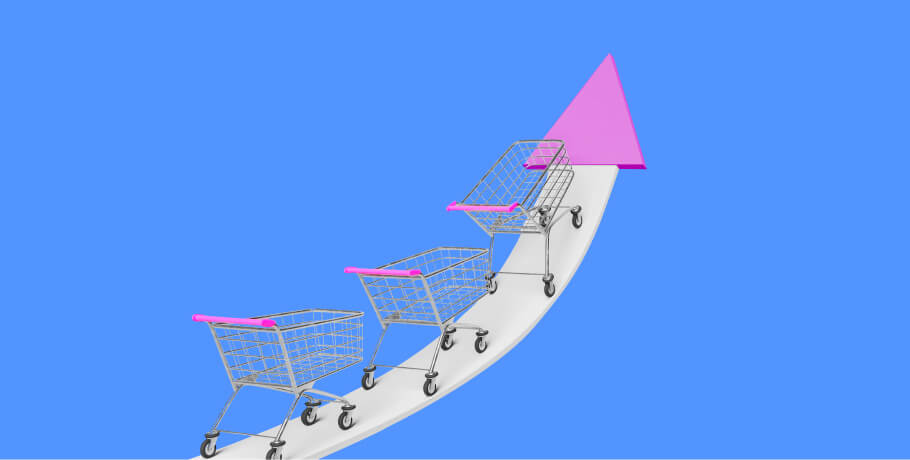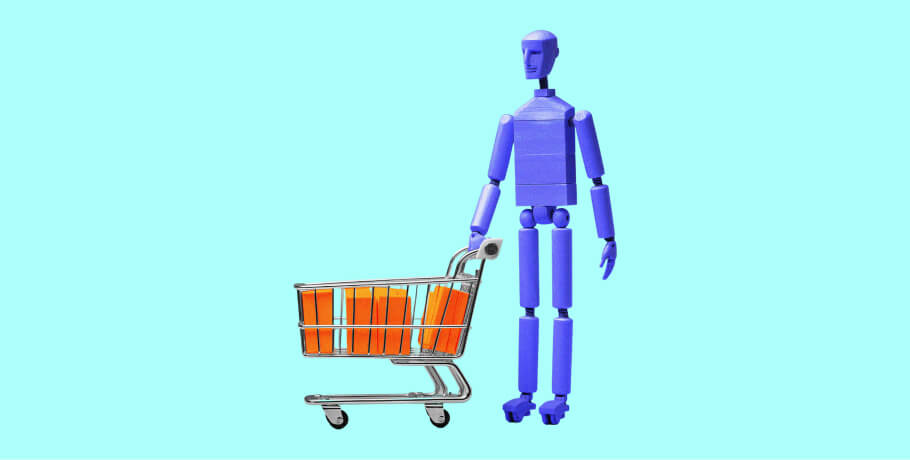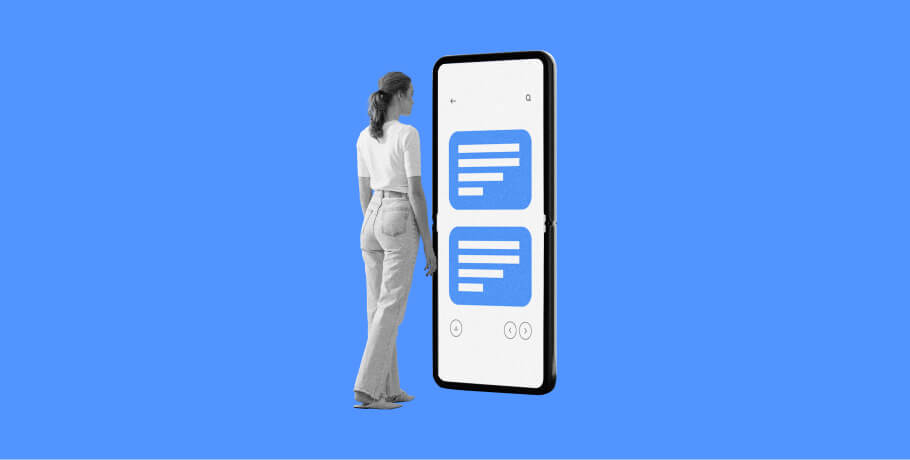Software as a service (SaaS) has revolutionized the way businesses operate. When the infrastructure, hardware, and software were hosted in your own facility or data center, you had total control, but the SaaS model is different. In a SaaS model, companies deliver their software products over the Internet, providing customers with access from anywhere, at any time.
Cost is a significant driver for migration to a cloud infrastructure, but it is not the only reason businesses are embracing SaaS app development. It is also preferred for its convenience, scalability, and automation. However, the convenience of SaaS can be a double-edged sword that exposes your organization's data to potential security risks if not sufficiently managed.
While the benefits of SaaS and SaaS applications are clear, this flexibility also brings new risks that businesses need to consider and address. Cybercriminals are always on the lookout to exploit the security gaps in these software solutions, and the impact of their attacks can be costly and damaging.
What is SaaS security?
In a SaaS environment, both the SaaS vendor and the customer share responsibility for security. SaaS providers must ensure their platforms are robustly secure, and customers must protect their data on their side. This dual-responsibility model necessitates a strategic approach to security in SaaS, including considerations like access control, encryption, and secure data storage.
SaaS security is a set of practices and technology solutions to safeguard SaaS apps against a range of cyber threats, including data breaches, malware attacks, social engineering, and phishing scams. Essentially, SaaS security is about ensuring that your software is protected from unauthorized access, theft, and leaks and that it remains available and reliable for your customers at all times.
9 key SaaS cybersecurity threats
Security teams may struggle to manually configure the many SaaS applications used by mid-sized enterprises due to the high volume and varying customizations. This can be challenging even for experienced teams, as each application has its own controls and settings, and different organizations may have unique needs.
It is not feasible for teams to be security experts in every application. As reliance on SaaS platforms and SaaS providers has grown, so too have the threats.
Some of the major cybersecurity threats include:
- Data breaches: With vast amounts of sensitive information stored in SaaS applications, data breaches are significant security concerns. Cybercriminals can steal this data for financial gain or to harm a business's reputation.
- Account hijacking: Phishing attacks can lead to account hijacking, where unauthorized users gain control of legitimate user accounts and access sensitive data.
- Insider threats: Sometimes, the threat comes from within. An employee with malicious intent or a simple lack of knowledge can inadvertently expose the system to threats.
- API vulnerabilities: APIs are often used for integrating SaaS applications with other systems. If not properly secured, they can become a vulnerability, exposing the system to attacks.
- Ransomware attacks: Ransomware attacks involve cybercriminals encrypting your data and demanding a ransom payment in exchange for the decryption key. Ransomware attacks are highly disruptive and costly, and can potentially bring your business to a standstill.
- DDoS attacks: Distributed denial of service attacks are designed to overwhelm your SaaS product with traffic, making it unavailable to your customers. This can result in lost revenue, customer dissatisfaction, and reputation damage.
- Social engineering: Social engineering involves cybercriminals using psychological tactics to trick people into divulging sensitive information or performing an action that puts your cloud security at risk. This can include phishing emails, fake login pages, and social media scams.
- Compromised IoT: With the rise of the Internet of Things, SaaS products are increasingly vulnerable to security breaches that exploit IoT devices. This can include hijacking smart home devices, industrial control systems, and medical devices, among others.
- Shadow IT: Many businesses suffer from shadow IT, where employees download and install unapproved applications. These applications can potentially create security vulnerabilities that attackers can exploit to gain access to the system.
PROTECT YOUR BUSINESS FROM THESE THREATS
We provide managed cybersecurity services for startups and SMBs to shield them from all types of threats
10 SaaS security challenges to address
Despite the increasing awareness of SaaS cybersecurity, companies face numerous challenges when securing their SaaS products. These include:
- Data privacy: With the global nature of SaaS, ensuring data privacy across different jurisdictions is challenging. Different countries have different data protection laws, creating complexity for providers.
- Secure access management: As SaaS applications can be accessed from anywhere, often with a single sign-on (SSO), ensuring secure access is a challenge. Strong user authentication and access control methods are necessary.
- Secure data storage: Storing data securely is essential for SaaS security. This includes using data encryption, restricting access to certain areas of the platform, and regularly monitoring systems.
- Patching vulnerabilities: As new threats emerge, it's important to patch any vulnerabilities in a timely manner. Automated tools can help speed up this process.
- Compliance: Maintaining compliance with industry standards and regulations like GDPR, HIPAA, and PCI DSS can be difficult for SaaS providers, but it's crucial for SaaS data security.
- Lack of resources: Small and medium-sized businesses may struggle to allocate sufficient resources to cybersecurity as they are focused on growth and revenue generation. However, neglecting to invest in cybersecurity can be detrimental. Partnering with a cybersecurity service provider that specializes in mitigating SaaS security issues can be a sound investment.
- Secure infrastructure: As SaaS applications are hosted in the cloud, it's important to ensure the underlying infrastructure is secure. This includes using robust firewalls, DDoS protection, and encryption.
- Complexity: SaaS products are often complex software solutions that require specialized skills to secure effectively. This can make it difficult for businesses to find the right talent in-house.
- Rapid development: SaaS products are built on agile, iterative development models that prioritize speed and innovation over security. This can result in security gaps that are only discovered after the product has been released.
- Third-party risk: SaaS products often rely on third-party providers for hosting, storage, and other services. This increases the risk of security breaches caused by vulnerabilities in these external providers.
WE PROVIDE MANAGED CYBERSECURITY SERVICES
18 SaaS security best practices to follow
SaaS security is a set of measures and protocols that are designed to mitigate the risks associated with SaaS platforms.
The following practices are crucial in protecting SaaS products:
- Conduct a thorough security assessment: Start with a cybersecurity audit to identify the vulnerabilities in your SaaS product. This will help you to prioritize your security measures and allocate your resources effectively.
- Implement a multi-layered security model: Your SaaS product should have multiple layers of security, including firewalls, encryption, access control, and monitoring, to minimize the risk of cyber attacks.
- Implement multi-factor authentication: Multi-factor authentication (MFA) adds an extra layer of security beyond a simple password. By requiring multiple identification factors, MFA can help prevent unauthorized access to sensitive data.
- Conduct regular security audits: Regular security audits will give businesses the opportunity to identify vulnerabilities in their SaaS products and take steps to address them before hackers can take advantage.
- Governance and incident management: It is necessary to document and report particular incidents, follow up on them until they are resolved, and develop protocols for examining any potential security violations.
- Develop secure coding practices: It's vital to ensure that developers are following secure coding practices when developing cloud applications. This includes avoiding vulnerabilities like SQL injections, cross-site scripting (XSS), and insecure direct object references (IDOR). The OWASP (Open Web Application Security Project) provides a useful guide on secure coding practices.
- Regularly update software: Regularly updating software is essential for staying ahead of potential threats. Automated tools can be used to simplify the process and make sure all components of the product are up to date.
- Encrypt data: Encrypting data in transit and at rest provides an added security layer that can protect against unauthorized access.
- Implement security-by-design: Embedding security into the design of SaaS products, rather than adding it as an afterthought, is imperative to ensure that security is baked into every layer of the software.
- Provide employee training: Many security threats arise from a lack of user awareness. Employee training is an essential aspect of SaaS security. Employees who use SaaS products must be trained on the best practices for securing their data and preventing cyber attacks.
- Secure your APIs: As crucial as APIs are for SaaS functionality, they can be a point of vulnerability. Secure them using techniques like input validation, regular testing, and API gateways.
- Data backup and recovery: Regular backups of your data ensure that, in case of a data loss or breach, you can quickly recover. The backups should be kept secure and regularly tested for integrity.
- Apply intrusion detection and prevention systems (IDS/IPS): IDS/IPS monitor your network and system for malicious activities or violations and can effectively halt detected threats, providing another layer of security for cloud services.
- Follow the zero trust security model: Adopt a zero trust security model where each request is thoroughly authenticated, authorized, and encrypted before being processed, regardless of its origin.
- Application security testing: Regularly conduct security testing such as penetration testing, vulnerability scanning, and source code reviews to identify possible weak points in your SaaS application security.
- Integrate security information and event management (SIEM) systems: SIEM systems collect and analyze activity from various resources across your IT infrastructure. They provide real-time analysis of security alerts and help in incident response.
- Adhere to security standards: Follow established security standards like ISO 27001, NIST, and CIS Controls. They provide comprehensive guidelines for establishing, implementing, maintaining, and continually improving an information security management system.
- Partner with a security-focused organization: Partnering with a professional organization providing cybersecurity services can be beneficial as they have the expertise and resources to deliver end-to-end SaaS security posture management.
Security isn't a one-time effort but an ongoing process. As threats evolve, security measures need to adapt accordingly.
In summary, cybersecurity should be a top priority for SaaS product owners. By understanding the risks, addressing the challenges, implementing robust security measures, and partnering with experienced providers, you can ensure your SaaS product stays safe and secure.
Partner with a SaaS cybersecurity expert
Given the increasing complexity of cybersecurity threats, partnering with a reliable SaaS cybersecurity service provider is a smart move. An experienced provider like EPAM Startups & SMBs can offer comprehensive SaaS security services.
EPAM Startups & SMBs in product and cloud engineering and brings years of experience in securing SaaS platforms along with our pool of 14K+ DevTestSecOps professionals. We can help you with SaaS application security, data protection, regulatory compliance, and more.
OUR CONSULTANTS CAN HELP YOU

The Editorial Team of EPAM Startups & SMBs is an international collective of tech consultants, engineering managers and communications professionals who create, review and share their insights on business technology and project success tips.
The Editorial Team of EPAM Startups & SMBs is an international collective of tech consultants, engineering managers and communications professionals who create, review and share their insights on business technology and project success tips.
Explore our Editorial Policy to learn more about our standards for content creation.
read more

